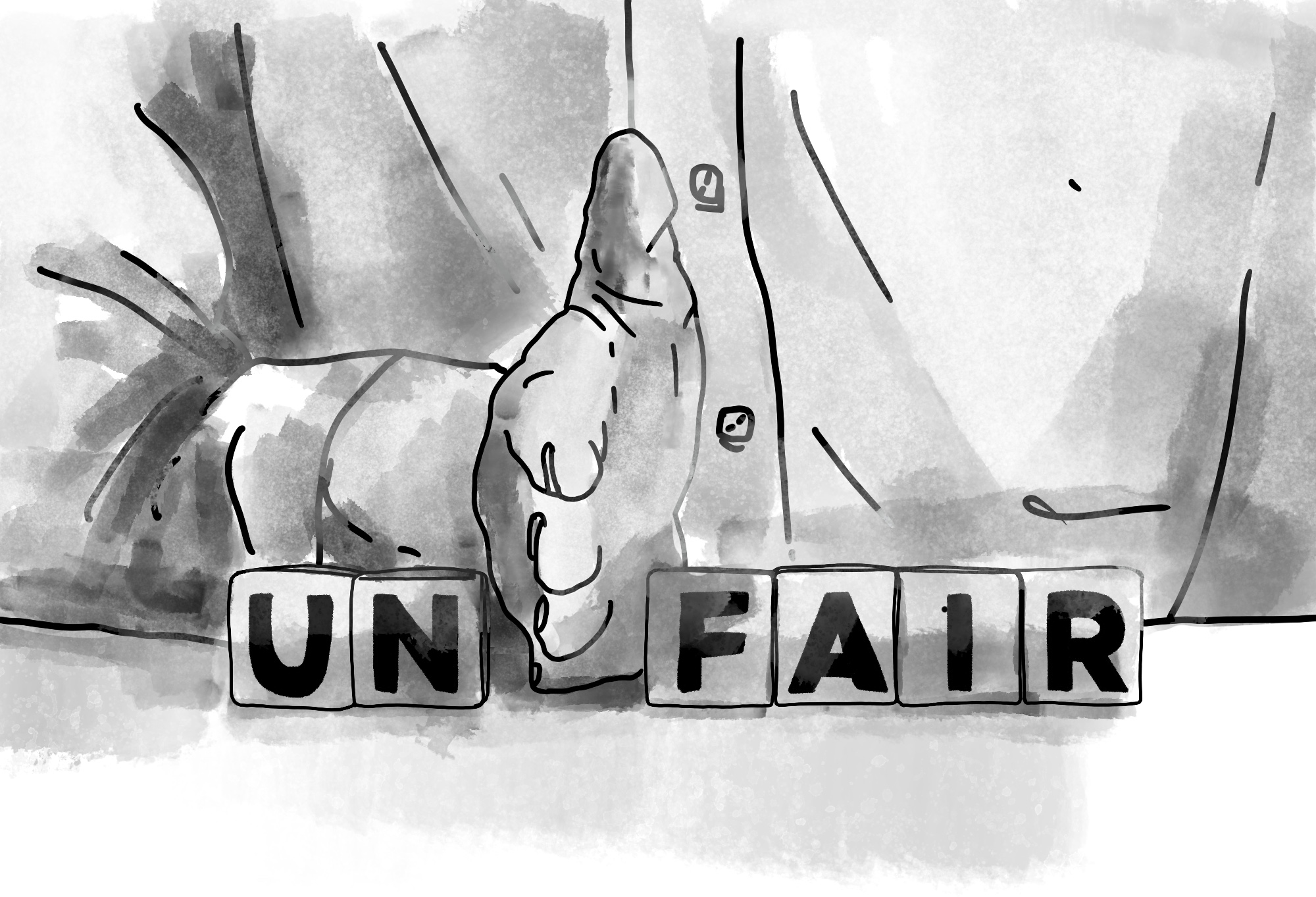
Lesson 4
No discussion of lessons learned from intellectual property jurors would be complete without discussing huge claims for damages and the effect of those damages on jurors. When jurors first hear the damages models, they often are shell-shocked. But that quickly fades and they begin to discuss numbers in the billions and triple-digit millions as though that were a commonplace thing. Some refer to this as the “decimal drift.”
One of the things we’ve learned from our mock jurors (especially in the high dollar disputes of intellectual property and complex commercial litigation) is that the higher the damages ask, the more that simple truths resonate with jurors. They want to know how to “make it right” or how to “make it fair.” We think of this as a way jurors can manage decisions about such huge amounts—they make it simple and they make decisions based on broad principles rather than fact nuances. The numbers lose meaning.
Huge Damages and Playground Logic
Here’s an example:
We did a mock trial on an IP case where a smaller high-tech company (we’ll call them David) was suing a huge high-tech company (and you know we’ll call them Goliath) for ruining their business. In this instance, we were assisting Goliath. What we found was very interesting.
Early on, jurors were asked who among them tended to “automatically root for the underdog.” Of the 8 jurors who acknowledged this tendency, seven were ultimately plaintiff jurors. In our report to the clients we wrote:
Only one other attitudinal question differentiated plaintiff and defense jurors; the question is one of perceived fairness. All defense jurors thought the world was “not fair.” All plaintiff jurors thought it was fair. The predominant undercurrent in plaintiff jurors’ responses throughout their written questionnaires is one of “Goliath”’ not having been “fair.” Defense jurors, on the other hand, talked about “Goliath” not being “nice” or “not communicating well,” but focused on the right of any business to protect their intellectual property. For defense jurors, therefore, the actions of “Goliath”’ might not be right or moral but they were not illegal. For plaintiff jurors, the actions of “Goliath” were unfair and caused righteous indignation as “the world should be fair.”
While most cases do not divide this neatly into plaintiff or defense juror orientations, it is intriguing when they do. Even in cases with huge damage models, playground values of fairness predominate for some jurors. In this case, while we were able to identify plaintiff and defense jurors relatively easily, both groups had sharp words for both “David’” and “Goliath.” (You can read examples of those “words” in our blog post on this case). The difference was:
Defense jurors accepted the conduct as regrettable but inevitable, while Plaintiff jurors viewed it as reprehensible.
We see this sort of reaction a lot. Jurors choose between the lesser of two bad choices as they deliberate.